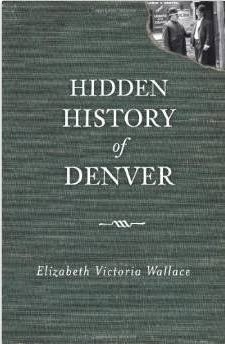 The concept for Extraordinary Places...Close to London came to me after almost 20 years of my American friends, associates and colleagues asking the question, “I’ve done all the usual tourism places in England and I’m ready to be more adventurous and seek out those unsual places off the beaten path...” The question was asked so many times, I began a file and handed it a potential visitor. It’s that very information that led to the publication of Extraordinary Places...Close to London.
The concept for Extraordinary Places...Close to London came to me after almost 20 years of my American friends, associates and colleagues asking the question, “I’ve done all the usual tourism places in England and I’m ready to be more adventurous and seek out those unsual places off the beaten path...” The question was asked so many times, I began a file and handed it a potential visitor. It’s that very information that led to the publication of Extraordinary Places...Close to London.Included within the pages of Extraordinary Places...Close to London there is the history of Lawrence Washington great-great grandfather of our first President who was treated so poorly by the Parliamentarians that his son (John) left England for the New World. Other stories include kings and queens, Vikings, witches and ghosts. The Guinness Book of Records has Pluckley (Kent) listed as “the most haunted village in the country” boasting between 12-16 ghosts depending on who provides the information.
Although I have listed 30 villages or towns, I have also included another 17 locations I feel are worthy of a visit. Other information includes where to eat, where to stay and travel info from London. Some places can be reached by train but others, because of the location, need to be approached by car.
ISBN: 0-8038-2031-3




